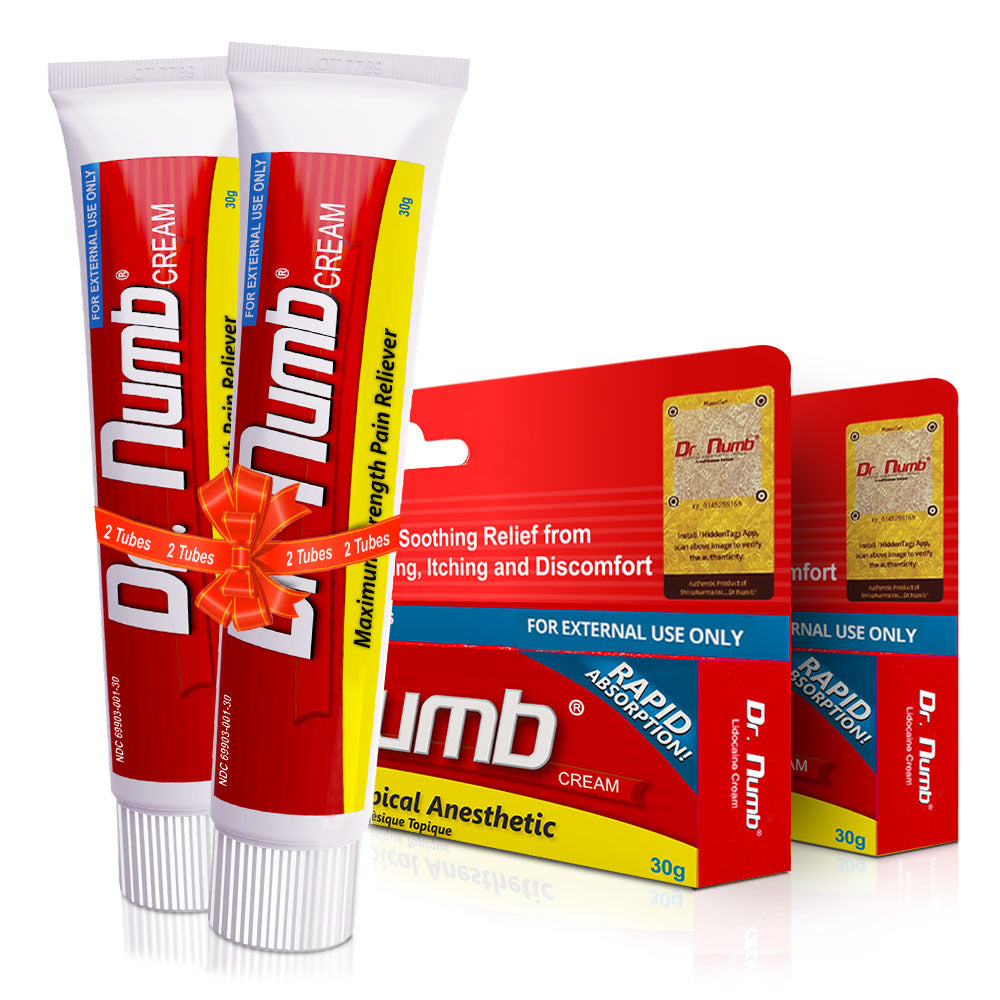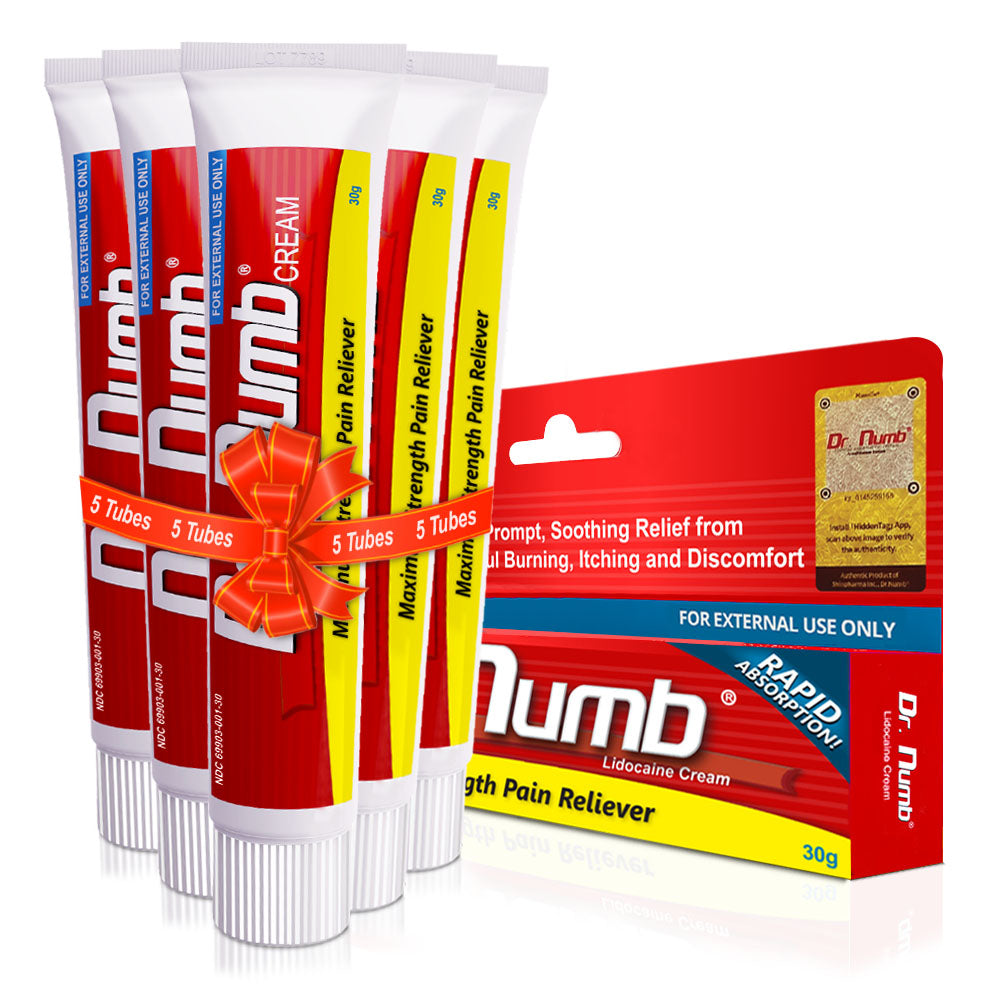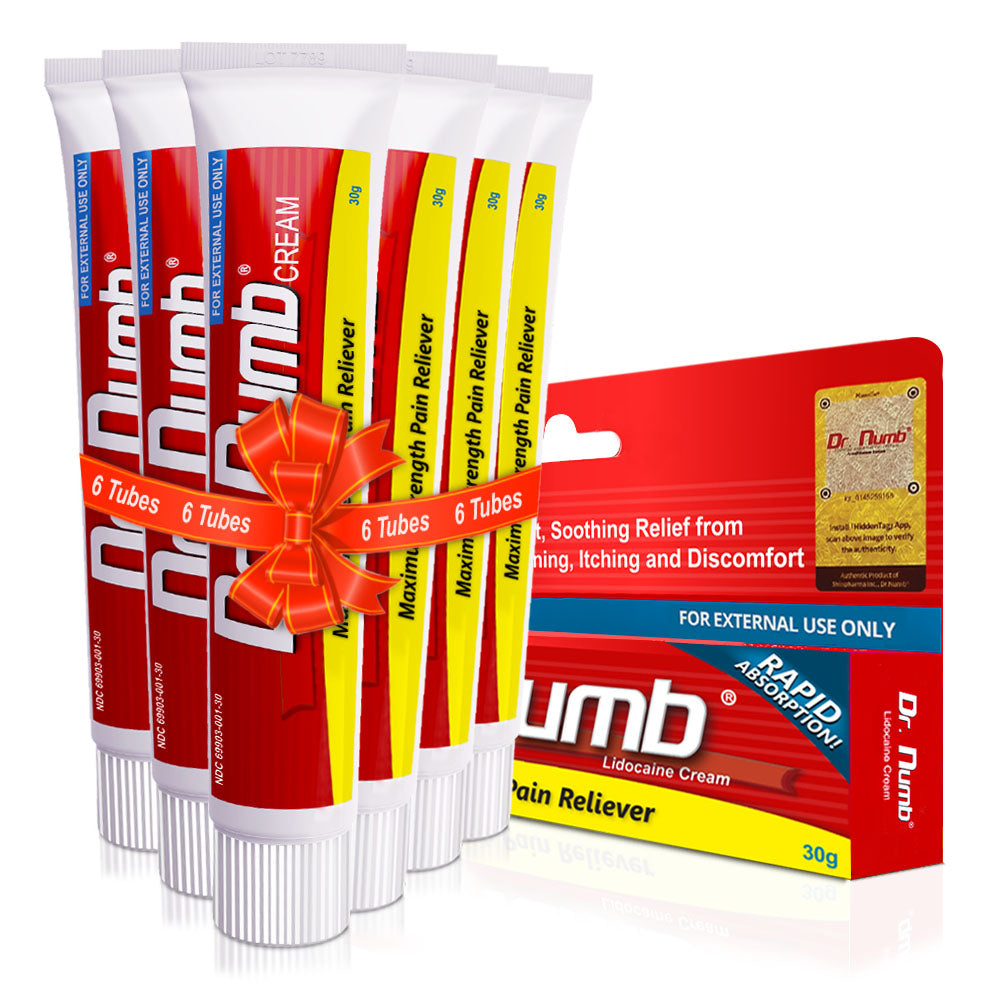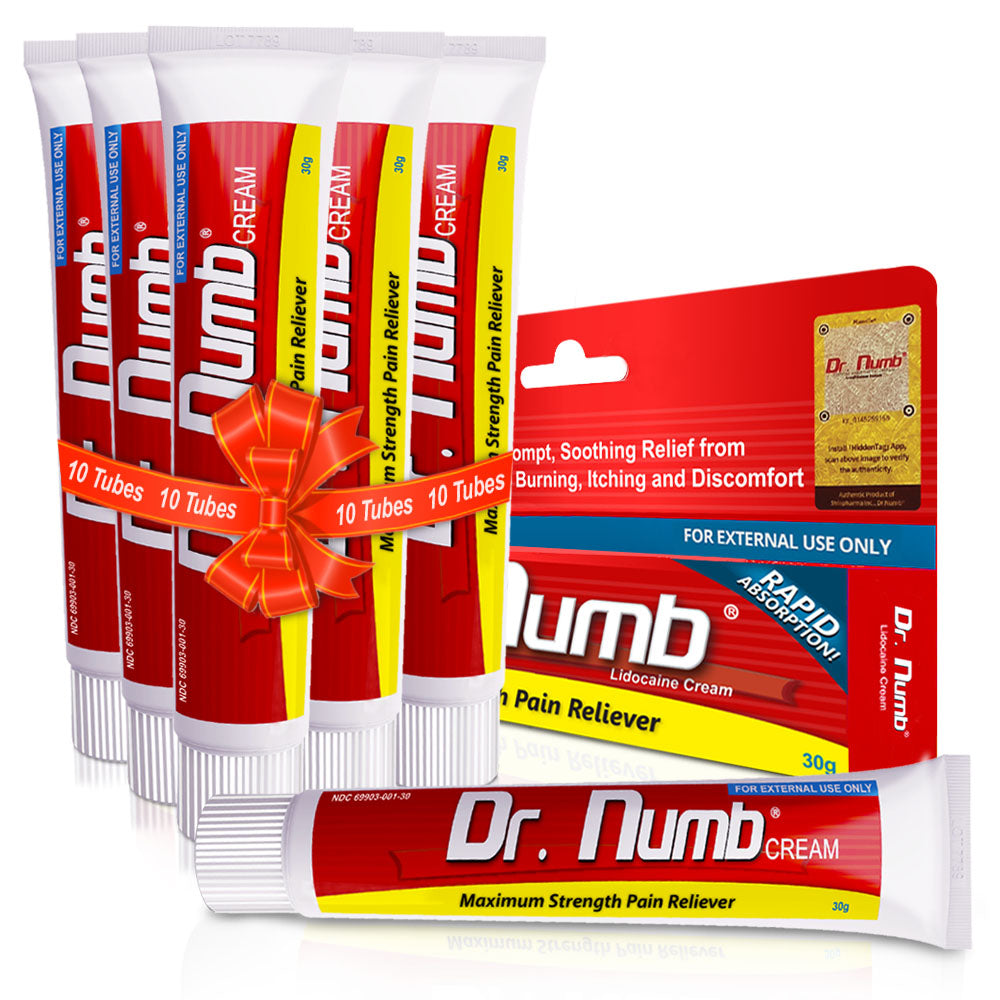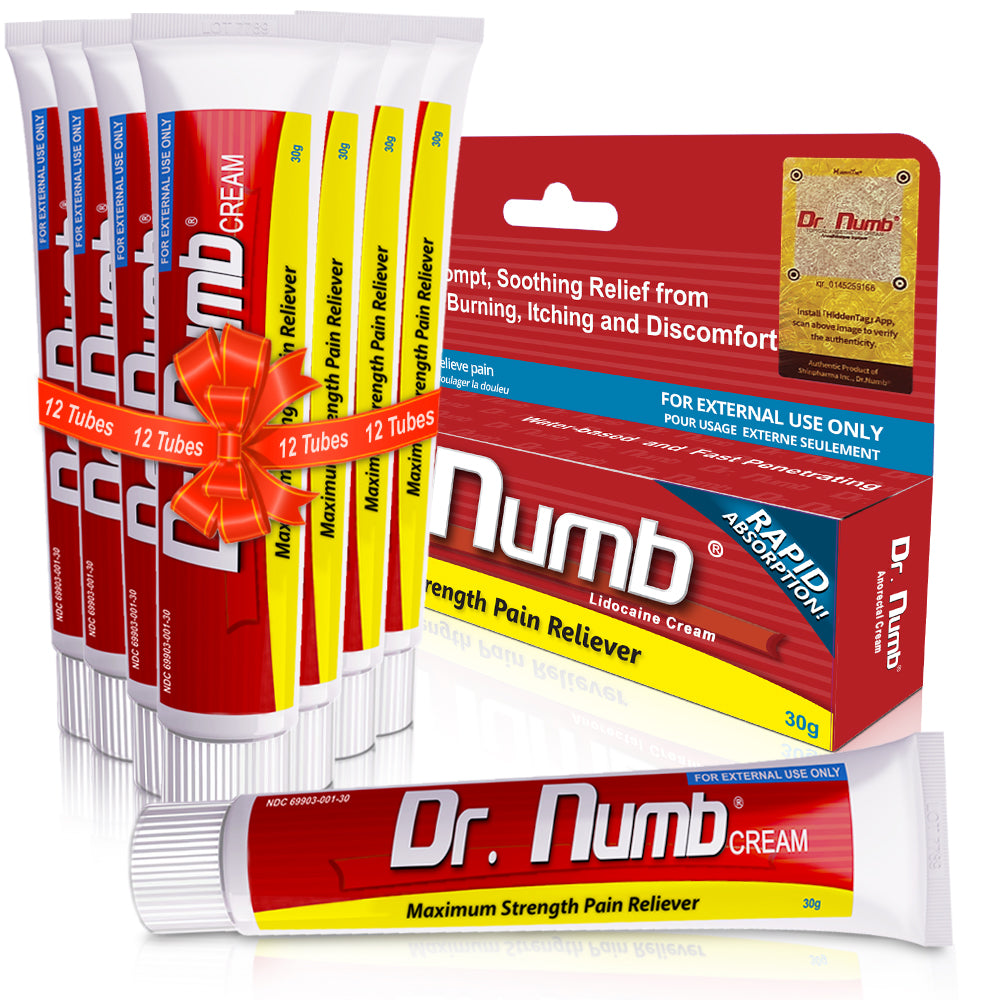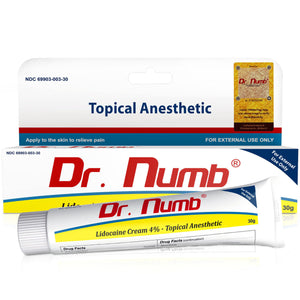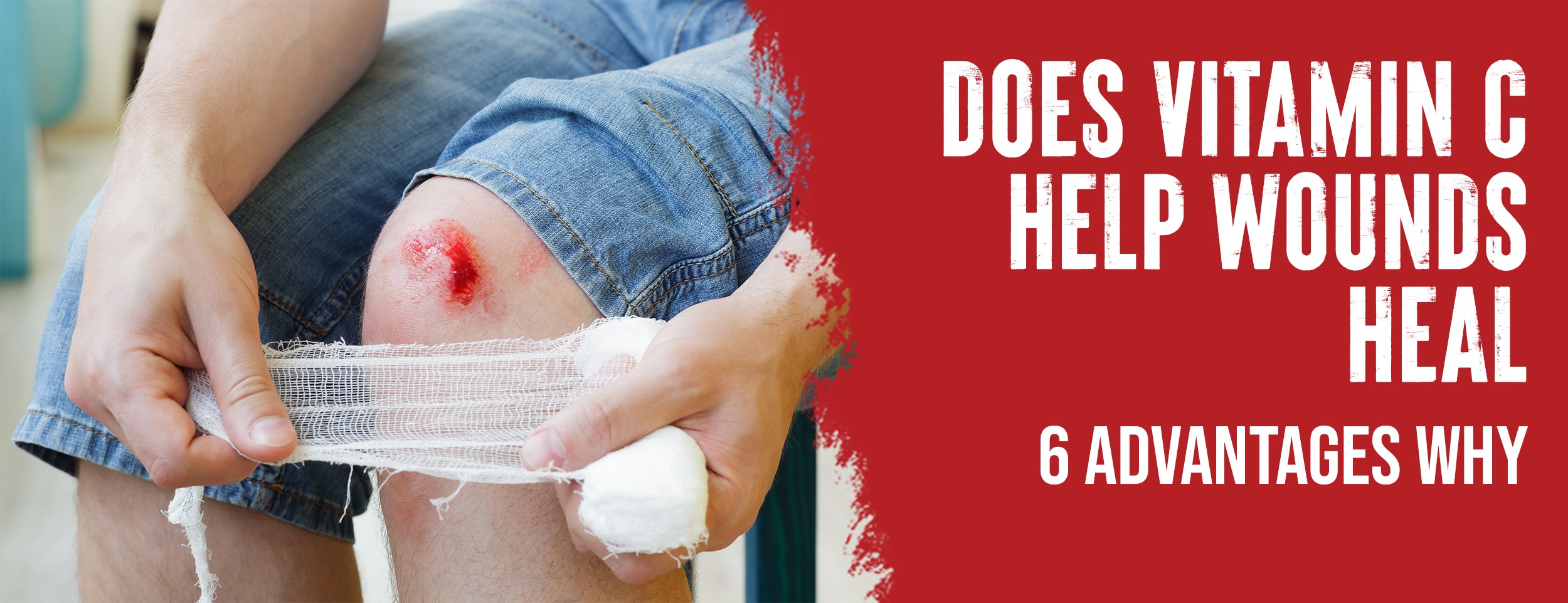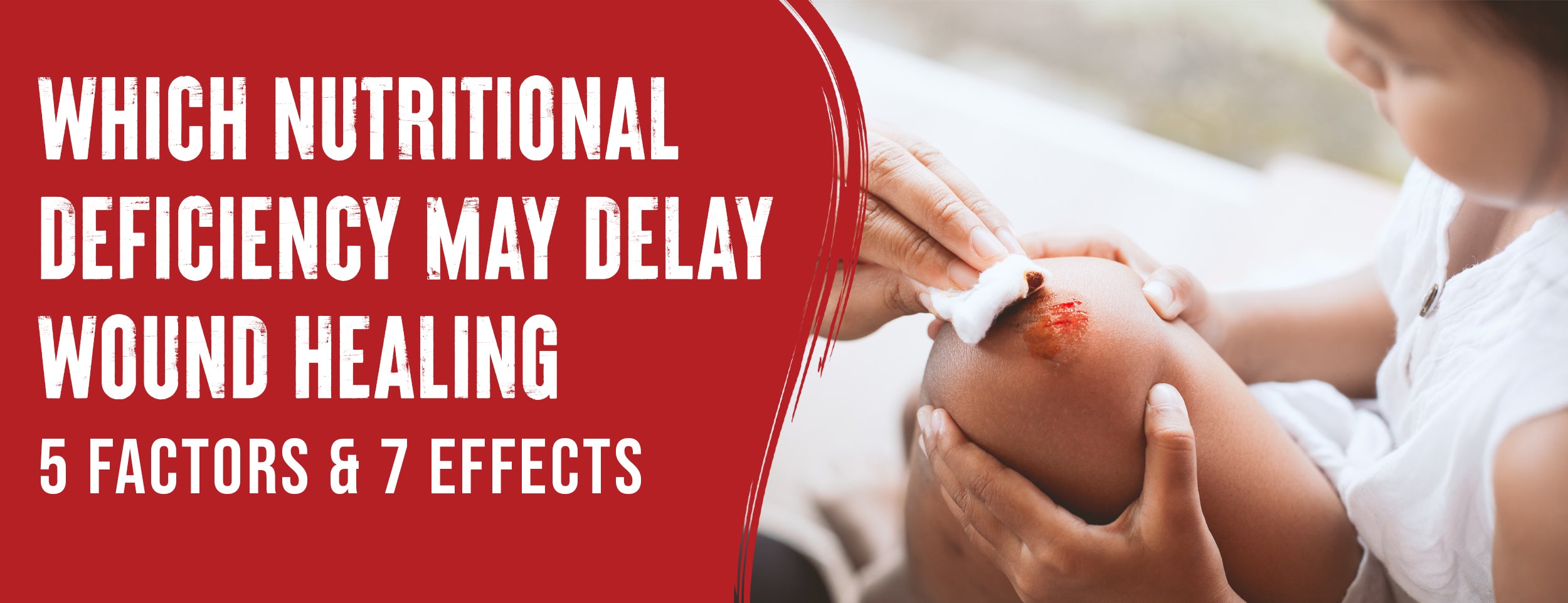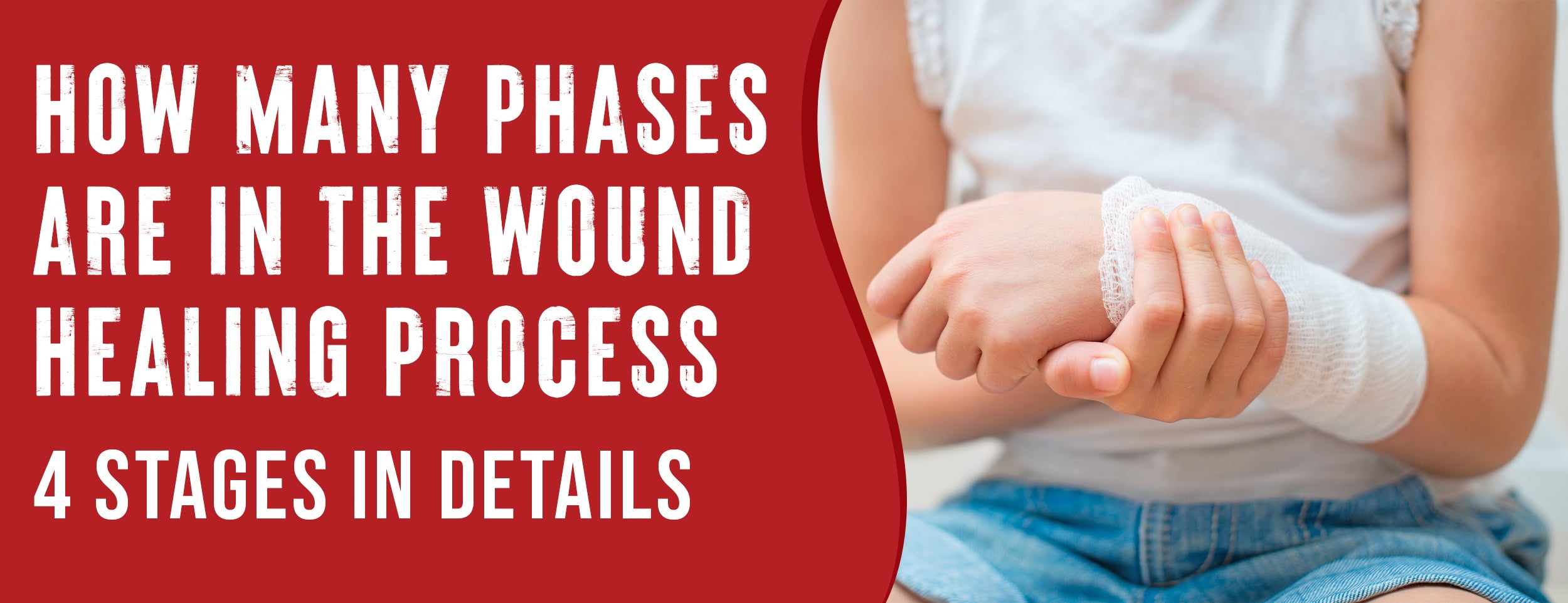Are you wondering how to speed up healing diabetic wounds with home remedies? Natural remedies can aid in faster healing and prevent additional damage even if you cannot access medical care.
Yes, numerous home remedies are backed by scientific evidence and endorsed by generations across the globe. Coconut oil, Aloe vera, Turmeric paste, and Garlic are among these tried-and-true remedies.
This article will guide you on effectively and safely utilizing these home remedies. Additionally, we'll provide tips on maintaining a healthy diet, managing blood sugar levels, and enhancing blood circulation and oxygenation. With these strategies, you can support your healing journey and optimize your well-being.
Home Remedies for Diabetic Wounds: How They Can Heal Faster

Unlock the secrets of natural remedies that can speed up your healing process and ward off infections. While these remedies are not a substitute for medical care, they can complement your treatment and offer additional benefits.
Why should you consider home remedies for diabetic wounds? Here's why:
- They're simple to prepare and use.
- They're affordable and readily available.
- They come with fewer side effects compared to certain medications.
- They can give your immune system and overall health a much-needed boost.
But before you dive into using any home remedy, it's important to keep these safety precautions and guidelines in mind:
- Always consult with your doctor, especially if you have allergies, sensitivities, or other medical conditions.
- Test a small amount of the remedy on a healthy area of your skin before applying it to the wound. Discontinue use immediately if there's any irritation, redness, itching, or swelling.
- Prioritize cleaning the wound with soap and water before using a home remedy. Avoid harsh substances like alcohol, hydrogen peroxide, or iodine, as they can harm the skin and hinder healing.
- After applying the home remedy, Protect the wound with a sterile bandage or dressing at least once daily or more often if the dressing gets wet or dirty.
- Stay vigilant and watch for signs of infection, such as increased pain, swelling, pus, foul odor, fever, or red streaks. Act promptly and seek medical attention if you notice these symptoms.
- Always follow your doctor's instructions regarding medication, wound care, and follow-up visits. Never discontinue prescribed medication without your doctor's approval.
Effective Home Remedies for Faster Diabetic Wound Healing
Now that you understand the advantages and precautions of utilizing home remedies for diabetic wounds let's explore some highly effective options. These remedies can expedite healing by maintaining wound cleanliness and moisture and promoting optimal blood circulation and oxygenation. They also deliver vital nutrients for tissue repair and aid in regulating blood sugar levels.
Keeping the Wound Clean and Hygienic
Maint cleanliness and good hygiene are crucial for effective wound healing. This practice not only prevents the entry of harmful bacteria, minimizing the risk of infection, but also aids in removing necrotic tissue and debris that hinders the healing process.
Discover these effective home remedies to maintain cleanliness and hygiene for your wounds:
Proper Wound Cleaning Techniques
To effectively clean a wound, it's best to use mild soap and water. Alternatively, you can opt for a saline solution (salt water) or distilled water. Avoid using tap water or bottled water that may contain contaminants.
Here's a step-by-step guide to cleaning a wound:
- Begin by washing your hands thoroughly with soap and water or using an alcohol-based hand sanitizer.
- Gently rinse your wound with soap, water, or saline solution, ensuring not to scrub or rub the affected area.
- Pat the wound dry using a clean towel or gauze.
- Apply a thin layer of healing substances such as honey, aloe vera gel, turmeric paste, coconut oil massage oil blend (refer to the instructions below for preparation), or garlic-infused oil (see instructions below) to promote recovery.
- Finally, apply a sterile dressing or bandage to safeguard it.
Importance of Regular Dressing Changes

Regularly changing your dressing is vital for effective wound healing. It is crucial to prevent infection by removing dirt and bacteria from the wound. Moreover, it allows fresh air to reach the wound and maintains a balanced moisture level.
When changing your dressing, follow these steps:
- Thoroughly wash your hands with soap and water or use an alcohol-based hand sanitizer.
- Carefully remove the old dressing and dispose of it in a sealed plastic bag. Clean the wound as described above.
- Apply a fresh layer of aloe vera gel, honey, turmeric paste, a blend of coconut oil and massage oil (see below), or garlic-infused oil (see below) to the wound.
- Cover the wound with a new sterile bandage or dressing.
Promoting Moist Wound Healing
Maintaining moisture is a crucial aspect of facilitating wound healing. Adequate moisture accelerates the healing process by discouraging scab formation, decreasing inflammation, and promoting cellular growth, but it also alleviates pain and itching.
Consider these home remedies to facilitate moist wound healing:

Using Honey as a Natural Wound Dressing
Honey, a time-honored and highly effective remedy, has been used for centuries to promote wound healing. Its impressive antibacterial, anti-inflammatory, and antioxidant properties prevent infection, reduce swelling, and accelerate healing. Additionally, honey provides an optimal moist environment that fosters tissue regeneration.
To harness the remarkable healing benefits of honey in wound dressings, follow these steps:
- Opt for raw, organic, or medical-grade honey, avoiding processed or flavored varieties that may contain additives or sugar.
- Thoroughly cleanse the wound, utilizing the guidelines mentioned earlier.
- Apply a thin layer of honey using a cotton swab or spatula.
- Wear a sterile bandage or dressing on the wound.
- Remember to change dressings daily or more frequently if they become damp or dirty.
Aloe Vera: Nature’s Healing Plant
Aloe vera, a natural remedy, can facilitate accelerated healing. With its anti-inflammatory, antibacterial, and antifungal properties, it thwarts infections and diminishes inflammation.
Aloe vera boasts a plethora of vitamins, minerals, enzymes, and amino acids that promote tissue repair and growth. It also moisturizes wounds, alleviates pain, and relieves irritation.
To utilize aloe vera for optimal wound healing, follow these steps:
- Opt for fresh aloe vera leaves or pure gel, steering clear of products containing alcohol, fragrance, or preservatives that may agitate the wound.
- Cleanse the wound thoroughly.
- Extract the gel from a fresh aloe vera leaf by squeezing it out or applying pure aloe vera gel with a cotton swab or spatula.
- Ensure the wound is covered with a sterile dressing or bandage.
- Replace dressings daily or more often if they become moist or soiled.
Turmeric: The Golden Spice with Healing Properties
Tur has been revered for centuries due to its remarkable medicinal properties. Packed with anti-inflammatory, antibacterial, and antioxidant benefits, it safeguards against infections, reduces inflammation, and neutralizes harmful free radicals that can harm cells. It promotes blood flow and oxygen delivery, effectively expediting healing.
To leverage turmeric for wound healing, follow these steps:
- Opt for organic turmeric powder or fresh turmeric root, ensuring it lacks additives or fillers that may diminish its potency or cause adverse reactions.
- Cleanse the wound thoroughly.
- Create a thick paste by blending one teaspoon of turmeric powder with water. Alternatively, grate fresh turmeric root and extract the juice.
- Apply the turmeric paste or juice directly onto the wound using a cotton swab.
- Dress or bandage the wound sterilely.
- If the dressing becomes wet or soiled, change it more frequently.
Coconut Oil Massage

Coconut oil is a natural remedy that can expedite the healing process. Its antimicrobial, anti-inflammatory, and moisturizing properties prevent infection, reduce inflammation, and maintain optimal wound moisture levels.
It contains medium-chain fatty acids that deeply penetrate the skin, stimulating collagen synthesis and tissue repair.
To effectively use coconut oil on wounds, follow these steps:
- Opt for virgin or cold-pressed coconut oil, avoiding refined or hydrogenated options containing harmful chemicals or trans fats.
- Clean the wound thoroughly using the method mentioned above.
- Warm a small amount of coconut oil in your hands until it melts, or gently heat it in a microwave-safe container for a few seconds.
- Tenderly massage the coconut oil into the wound and surrounding skin, employing circular motions. Avoid excessive pressure or rubbing.
- Wear a sterile dressing or bandage over the wound.
- Keep the dressing clean and dry by changing it daily.
Essential Oils Blend
Essential oils are concentrated plant extracts known for their therapeutic benefits. They possess antiseptic, anti-inflammatory, and analgesic properties that promote faster healing. These oils also enhance blood circulation and oxygenation to the wound, aiding healing.
To effectively use essential oils in wound healing:
- Select high-quality essential oils from reputable sources, avoiding synthetic or adulterated variants containing harmful substances or allergens.
- Thoroughly cleanse the wound as described earlier.
- Dilute the essential oils with carrier oils like coconut, olive, or almond oil. A general guideline is to use one drop of essential oil per teaspoon of carrier oil. Lavender, tea tree, frankincense, chamomile, rosemary, and helichrysum are some of the best oils for wound healing.
- Apply the essential oil blend with sterile cotton swabs or spatulas.
- Dress the wound with sterile dressings.
- Make sure to change the dressing every day if it becomes wet.
Apple Cider Vinegar Soaks
Apple cider vinegar is a widely-used natural remedy for various health conditions that offers numerous benefits. Known for its antibacterial, antifungal, and anti-inflammatory properties, it aids in faster healing. It helps maintain the wound's pH level and prevents bacterial growth while alleviating pain and itchiness.
To effectively utilize apple cider vinegar for healing wounds, follow these steps:
- Opt for organic, raw, or unfiltered apple cider vinegar, avoiding pasteurized or distilled versions that may lose beneficial components.
- Begin by cleaning the wound as described above.
- Dilute apple cider vinegar with water at a 1:3 ratio (e.g., one cup of apple cider vinegar to three cups).
- Soak a clean cloth or gauze in the diluted apple cider vinegar solution to wring out excess liquid.
- Place the cloth or gauze over the wound and leave it for 15 to 20 minutes.
- Remove the cloth or gauze and rinse the wound with water.
- Gently pat the wound dry with a clean towel or gauze.
- Complete the process by covering the wound with sterile bandages.
- Repeat this routine frequently until the wound heals.

Garlic Infused Oil
Garlic, a natural remedy, holds remarkable healing properties that can expedite your recovery. With its antimicrobial, anti-inflammatory, and antioxidant attributes, garlic protects against infections, diminishes inflammation, and protects cells from harm. Furthermore, it enhances blood circulation and oxygen supply to the wound, promoting faster healing.To harness the benefits of garlic as a wound healer, follow these steps:
- Opt for fresh garlic cloves or organic garlic oil, avoiding garlic powder or salt-containing additives or irritants.
- Cleanse the wound thoroughly.
- Peel and chop fresh garlic cloves in a small glass jar. Alternatively, use a sterile dropper to fill the jar with garlic oil.
- Fill the jar with a carrier oil, such as coconut, olive, or almond, ensuring complete garlic cloves or oil submersion.
- Seal the jar tightly and store it in a warm, dark place for at least two weeks. Shake the jar daily to blend the ingredients.
- Strain the oil through cheesecloth or a fine mesh strainer, discarding the garlic cloves. Alternatively, use garlic oil without straining.
- Apply the garlic-infused oil with a sterile spatula or cotton swab.
- Wear sterile bandages or dressings on the wound.
- Make sure the dressing is changed daily, especially if it is soiled or damp.
Enhancing Blood Circulation and Oxygenation

Proper blood circulation and oxygenation are essential for wound healing. They are vital in supplying oxygen and nutrients to the wound site while eliminating waste products and toxins. They promote cellular growth and facilitate repair processes.
If you're seeking ways to boost blood circulation and oxygenation to your wound, consider these home remedies:
Gentle Massage Techniques
Massage offers a straightforward and powerful method for enhancing blood flow and oxygen delivery to your wound. It promotes muscle relaxation and mitigates stress, which can impede healing.
To massage your wound effectively, follow these steps:
- Select a massage oil such as coconut, olive, or almond. For added benefits, consider incorporating essential oils like frankincense, chamomile, lavender, rosemary, or helichrysum.
- Cleanse the wound as previously described.
- Warm a small amount of massage oil between your hands. Alternatively, microwave a microwave-safe container with massage oil for a few seconds until it liquefies.
- Delicately massage the skin around the wound with the oil using circular motions. Be cautious not to apply excessive pressure or rub forcefully on the wound.
- Put on a sterile dressing or bandage.
- Replace the dressing at least once daily when it becomes damp or dirty.
Warm Compresses and Epsom Salt Soak
Consider using warm compresses and Epsom salt soaks to enhance your wound's blood circulation. These methods provide multiple benefits, such as reducing pain, swelling, and inflammation while promoting healing.
Here's a step-by-step guide on how to use compresses and Epsom salts for wound healing:
- Choose a clean cloth, towel, or prepare an Epsom salt solution. Epsom salt is a natural mineral that can soothe sore muscles, remove toxins, and facilitate healing. You can easily find it in pharmacies or online stores.
- The wound must be cleaned.
- Warm up some water in a pot or kettle, ensuring it's warm but not boiling. Alternatively, create an Epsom salt solution by dissolving one cup of Epsom salt in four cups of warm water.
- Immerse a clean cloth or towel in the warm water or Epsom salt solution, and wring out any excess liquid.
- Gently place the cloth or towel over the wound, allowing it to rest for 15 to 20 minutes.
- Remove the cloth or towel, then rinse the wound.
- Use a clean towel or gauze to pat the wound dry.
- Cover wounds with sterile dressings.
- Repeat this process daily until the wound fully heals.
Maintaining a Healthy Diet for Wound Healing
An integral element in wound healing is maintaining a nutritious diet. Your dietary choices facilitate tissue repair, stimulate immune function, and regulate blood sugar levels.
To support the healing process, consider incorporating these effective home remedies that promote a healthy diet:
Nutrients Essential for Diabetic Wound Healing

Diabetic wound healing requires certain essential nutrients to promote optimal recovery. These include:
- Protein: The fundamental building block of cells and tissues, protein aids in tissue repair, muscle preservation, immune system support, and infection prevention. Excellent protein sources include lean meat, fish, eggs, dairy products, beans, nuts, and seeds.
- Vitamin C: This antioxidant shields cells from free radical damage and aids in collagen synthesis—an integral component of skin and connective tissue. Additionally, it facilitates wound contraction and closure. Citrus fruits, berries, kiwi, broccoli, peppers, and tomatoes are among the top sources of vitamin C.
- Zinc: Playing a pivotal role in wound healing, zinc regulates inflammation, infection, and cell proliferation. It also activates enzymes involved in tissue repair and growth. Oysters, beef, chicken, turkey, pumpkin seeds, and lentils are great sources of zinc.
- Iron: Essential for transporting oxygen to the wound site, iron supports cell survival and healing. It also bolsters the immune system and prevents anemia. Include red meat, liver, spinach, kale, beans, and fortified cereals in your diet to reap the benefits of iron.
- Vitamin A: This vitamin contributes to maintaining healthy skin and mucous membranes, boosts the immune system, fights infection, and stimulates cell growth and differentiation. Carrots, sweet potatoes, squash, apricots, and dark leafy greens are marvelous sources of vitamin A.
Foods to Include and Avoid in a Wound Healing Diet
To promote optimal wound healing, ensuring a sufficient intake of essential nutrients and incorporating specific foods into your diet can enhance healing. Here are some key food groups to include:
- Fruits and vegetables: Packed with antioxidants, vitamins, minerals, and fiber, fruits and vegetables are not only beneficial for wound healing but also for overall health. They contribute to regulating blood sugar levels and aid in preventing constipation. Aim for a minimum of five servings per day.
- Whole grains: opt for oats, barley, quinoa, brown rice, and whole wheat bread instead of refined grains. Whole grains provide complex carbohydrates that provide essential energy for the healing process. Additionally, they contain fiber, vitamins, minerals, and phytochemicals that contribute to your overall well-being.
- Healthy fats: Incorporate healthy fats into your diet to support cell membrane function and hormone production. These fats have anti-inflammatory properties that help minimize swelling and pain in wounds. Choose sources such as olive oil, avocado, nuts, seeds, and fatty fish, while minimizing unhealthy fats like butter, margarine, lard, and fried foods.
- Probiotics: Probiotics are beneficial bacteria that reside in your gut and play a crucial role in digestive and immune health. Proper gut flora balance can help prevent infections by competing against harmful bacteria in wounds. Probiotics can be obtained through fermented foods like yogurt, kefir, sauerkraut, kimchi, kombucha, or dietary supplements.
Avoiding or limiting certain foods in your diet is recommended to support optimal wound healing. Here are some culprits to watch out for:
- Sugar: This simple carbohydrate can cause your blood sugar levels to spike, hindering the healing process. It also provides nourishment to harmful bacteria, increasing the risk of infection. Limit added sugars like table sugar, honey, molasses, maple syrup, agave nectar, and fruit juice. Additionally, avoid or limit foods with added sugars, such as candy, chocolate, cookies, cakes, ice cream, and soda.
- Salt: High salt levels can elevate blood pressure and lead to fluid retention, impairing blood circulation and oxygen to the wound. This can worsen inflammation and swelling. Reduce salt consumption and foods high in salt, including processed meats, cheese, canned foods, pickles, and chips.
- Alcohol: Alcohol consumption can dehydrate your body and hinder wound healing. It can disrupt blood sugar control, impede the effectiveness of medications, and increase the risk of infection and bleeding. It's best to avoid or limit alcohol intake during the healing process.
- Caffeine: While caffeine can provide a temporary energy boost, it's important to be mindful of its effects on wound healing. Caffeine can elevate heart rate and blood pressure, compromising wound oxygen supply. It can also disrupt sleep patterns, which are vital to healing. Limit caffeine intake from coffee, tea, energy drinks, and chocolate.
Managing Blood Sugar Levels

Proper management of blood sugar levels is vital for individuals with diabetes who are seeking optimal wound healing. Elevated blood sugar levels can hinder the healing process by damaging nerves, blood vessels, and the immune system. Additionally, they escalate the likelihood of infection and complications within the wound.
To assist in regulating blood sugar levels, consider these home remedies:
The Importance of Blood Sugar Control
Maintaining optimal blood sugar levels is crucial for preventing or delaying complications associated with diabetes, like nerve damage, kidney damage, eye damage, heart disease, and stroke. Additionally, it aids in faster wound healing and reduces the risk of infections.
To effectively control blood sugar levels, consider the following steps:
- Monitor your blood sugar regularly using a glucometer or continuous glucose monitor (CGM). Aim for a fasting blood sugar level between 80 and 130 mg/dL, with post-meal levels below 180 mg/dL.
- Adhere to your doctor's prescribed medication regimen, which may involve insulin injections or oral drugs for lowering blood sugar.
- Follow a wholesome diet low in sugar, salt, fat, and calories, while incorporating high amounts of fiber, protein, vitamins, minerals, and antioxidants. Refer to the previous section for detailed dietary guidance to promote efficient wound healing.
- Engage in regular exercise to enhance blood circulation, oxygenation, muscle strength, and insulin sensitivity. Strive for at least 150 minutes of moderate-intensity physical activity per week. Activities such as brisk walking, cycling, swimming, dancing, and gardening are excellent options.
- Effectively manage stress levels to prevent spikes in blood sugar. Stress can trigger the release of hormones like cortisol and adrenaline, raising blood sugar levels. Consider stress management techniques such as meditation, yoga, breathing exercises, aromatherapy, music therapy, or counseling.

Natural Remedies to Regulate Blood Sugar
In addition to these steps, you can incorporate natural remedies to regulate your blood sugar levels. These remedies have been tried and tested for centuries, backed by scientific evidence.
Let's explore some of these natural remedies:
- Cinnamon: Add a teaspoon of cinnamon powder to a cup of hot water or sprinkle it on your oatmeal, yogurt, or fruit. Cinnamon enhances insulin sensitivity, glucose uptake and offers antioxidant and anti-inflammatory benefits.
- Fenugreek: Soak fenugreek seeds overnight and drink the water in the morning. Alternatively, grind the seeds into a powder and add it to your meals or smoothies. Fenugreek slows down carbohydrate digestion and absorption while providing essential fiber and amino acids.
- Bitter melon: Juice bitter melon and consume it on an empty stomach or incorporate sliced bitter melon into your dishes or salads. Bitter melon stimulates insulin secretion, improves glucose utilization, and provides antioxidant properties.
- Gymnema:Chew gymnema leaves or take Gymnema capsules or tablets before meals. Gymnema lowers blood sugar levels by reducing sugar absorption in the intestines, enhancing insulin activity, and uniquely blocking the taste of sweetness to help curb sugar cravings.
Additional Tips for Diabetic Wound Healing at Home

Speed up your diabetic wound healing with these additional tips for at-home care. These tips are common sense and best practices to ensure a speedy recovery and prevent complications.
- Rest and reduce pressure: Give your body time to heal by getting enough sleep and avoiding strenuous activities. Also, avoid tight clothing or accessories that irritate your wound. Elevating and supporting the wound area with pillows or foam pads can alleviate pressure.
- Manage stress and emotional well-being: Stress can hinder your immune system, blood sugar levels, and hormone balance, which are crucial for healing. Find healthy ways to cope with your emotions, whether talking to someone you trust or engaging in activities that bring you joy. Professional help is always an option if you're feeling overwhelmed.
- Seek natural pain relief: Don't let pain slow you down. To soothe the discomfort, use natural remedies like lavender, peppermint, clove, ginger, or chamomile oil. Dilute these oils with carrier oils such as coconut or almond oil and apply using sterile cotton swabs or spatulas. Warm compresses or Epsom salt soaks can also provide relief.
Conclusion
Diabetic wound healing presents a complex challenge that demands meticulous medical care and attention. You can take the initiative at home by leveraging natural and effective remedies to promote wound healing and complement your ongoing medical treatment.
It's important to note that while home remedies provide supplementary benefits, they should never serve as a substitute for professional medical care. Consult your doctor before using home remedies, especially if you are allergic or sensitive.
Adhere to your doctor's recommendations for medications, wound care, and appointments. We trust this article has provided valuable insights into effectively and safely managing diabetic wound healing at home with natural remedies. We aim for you to experience accelerated healing and safeguard your overall health.




